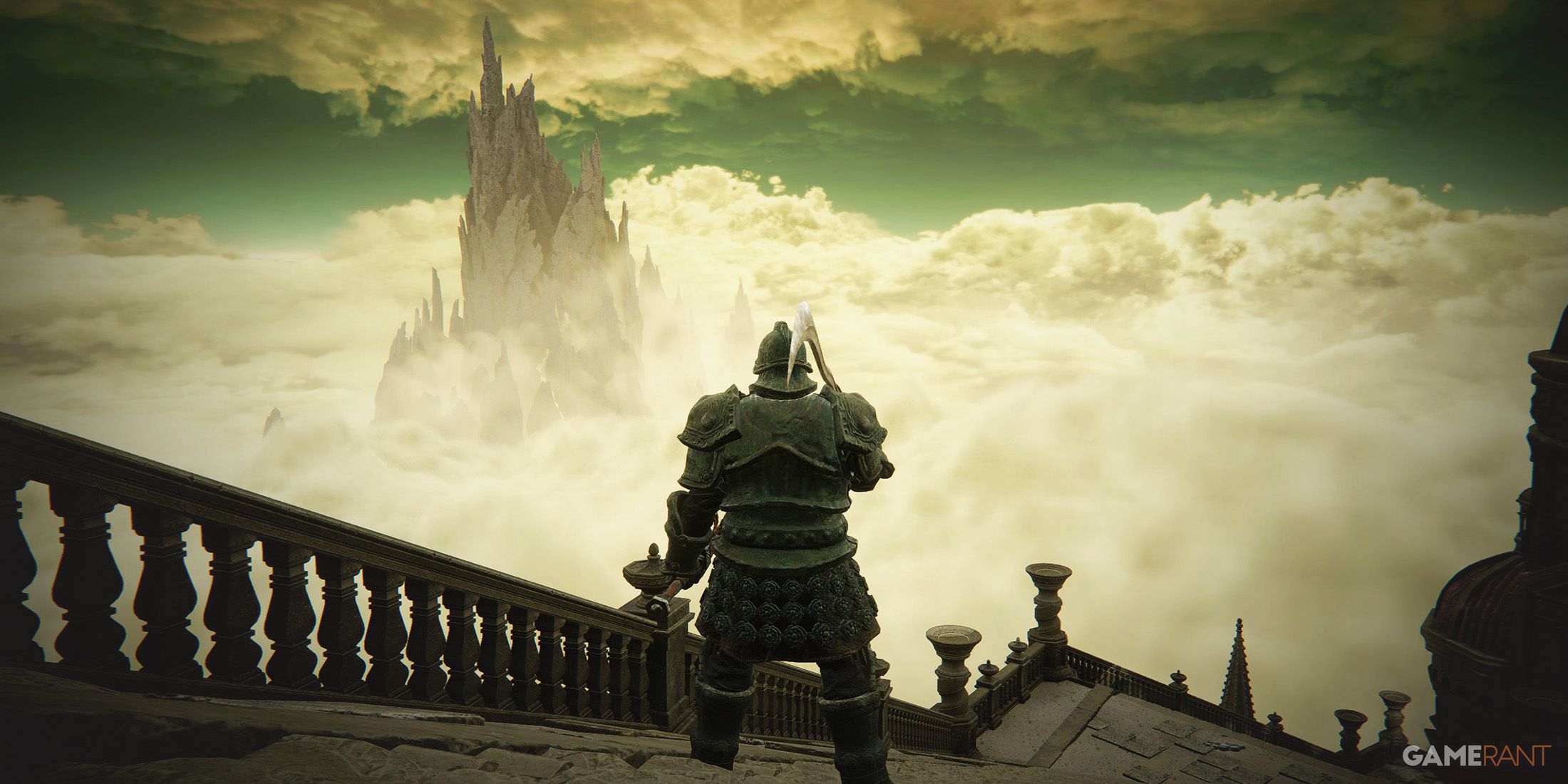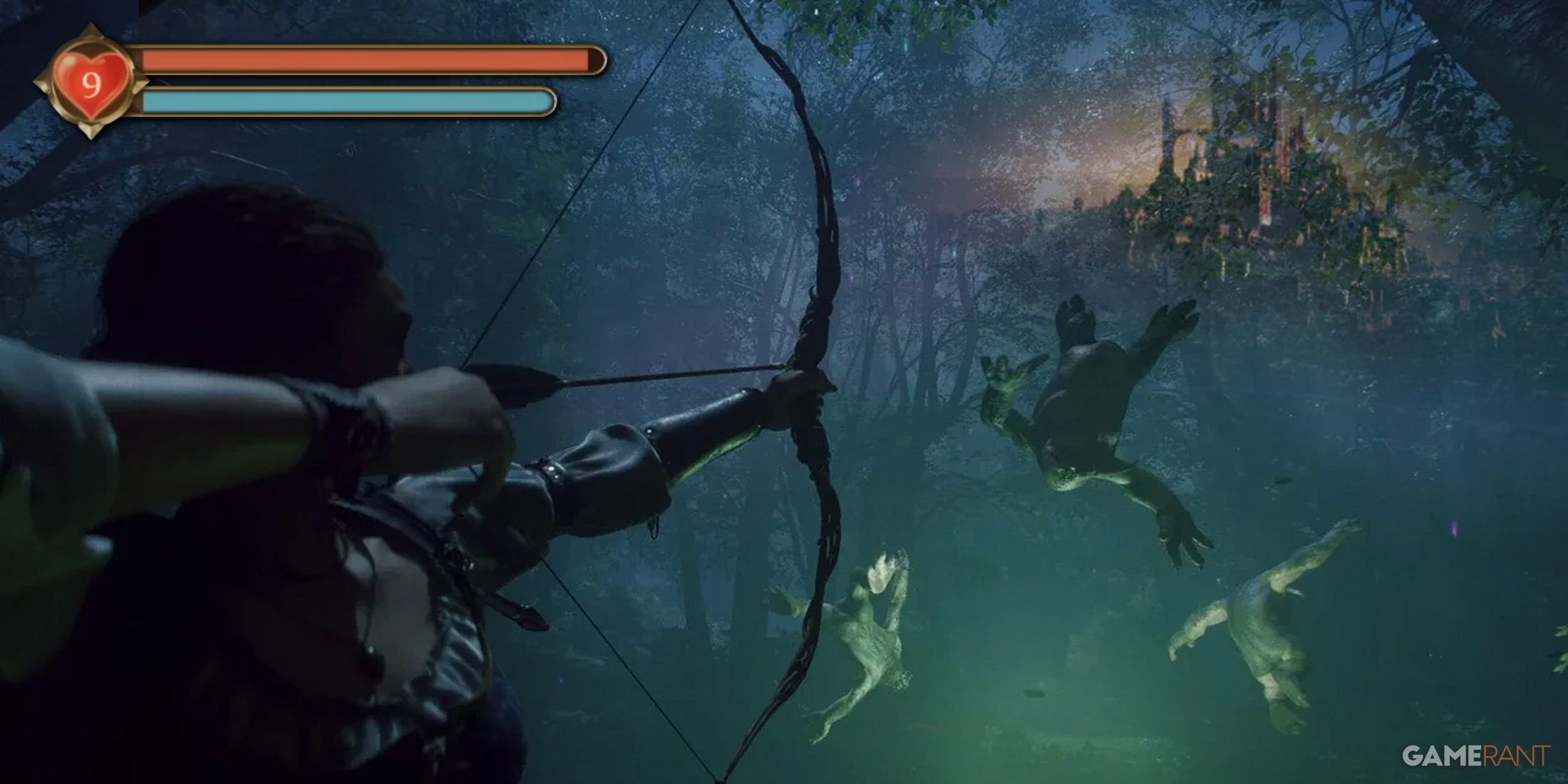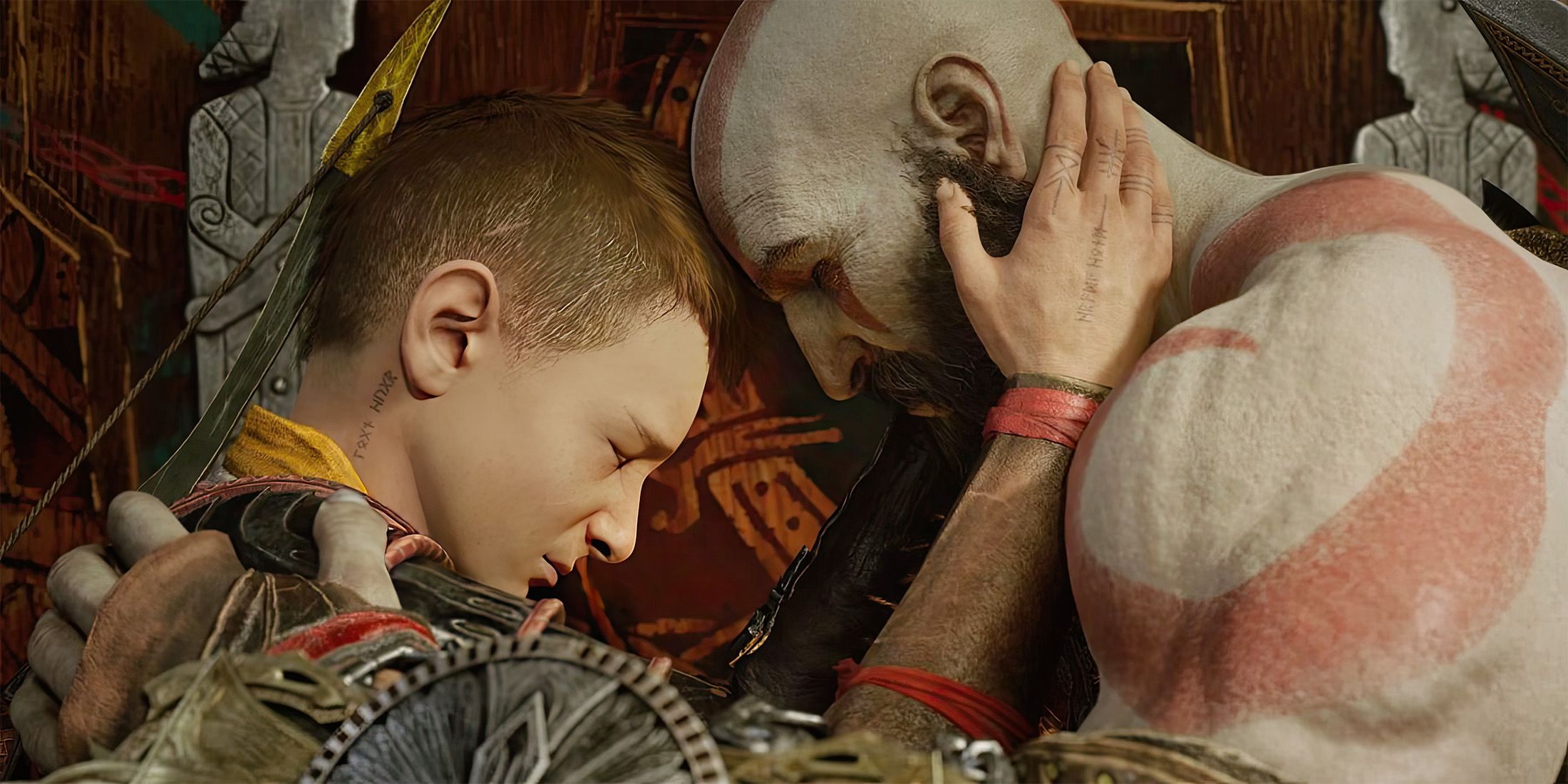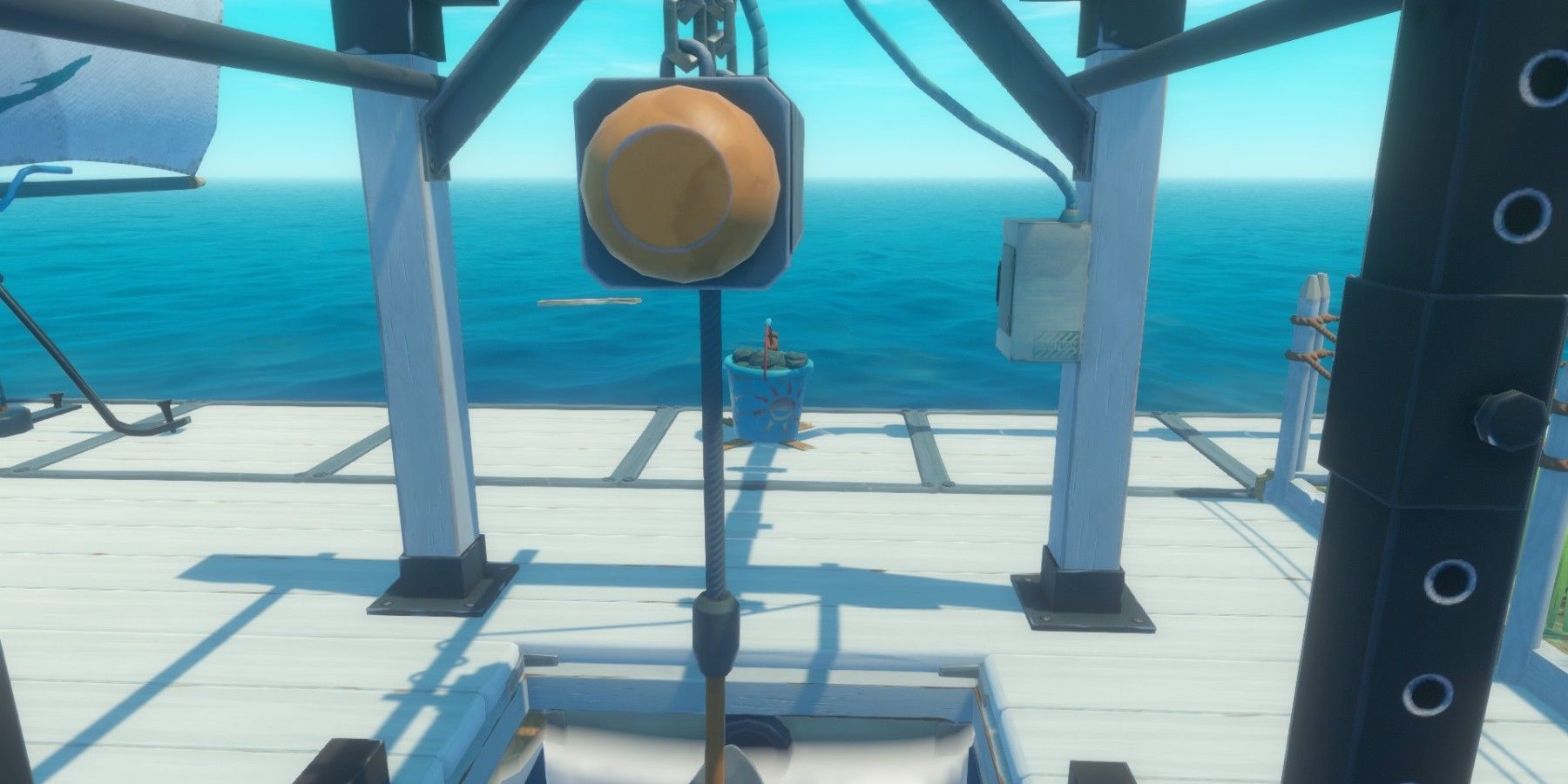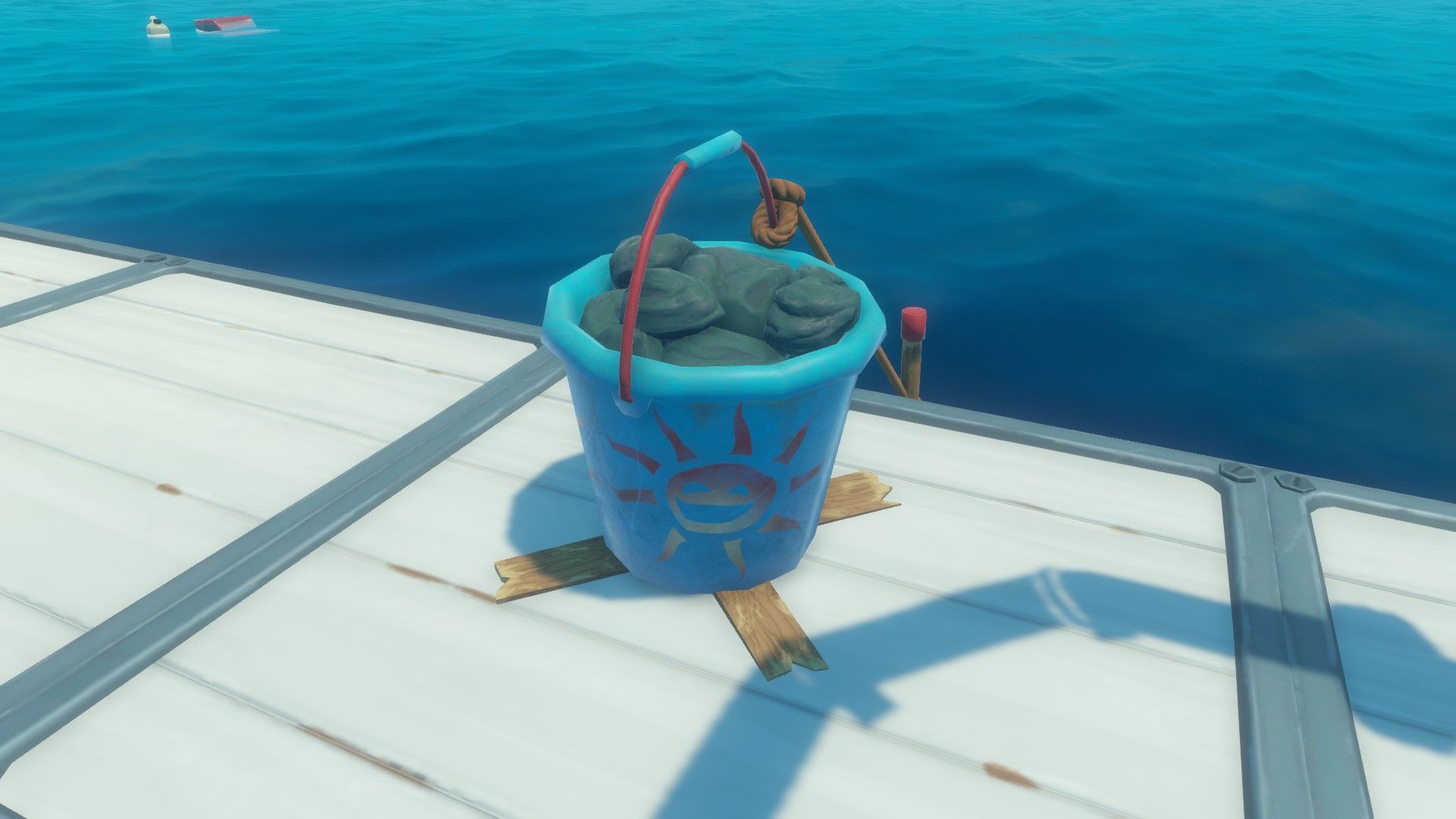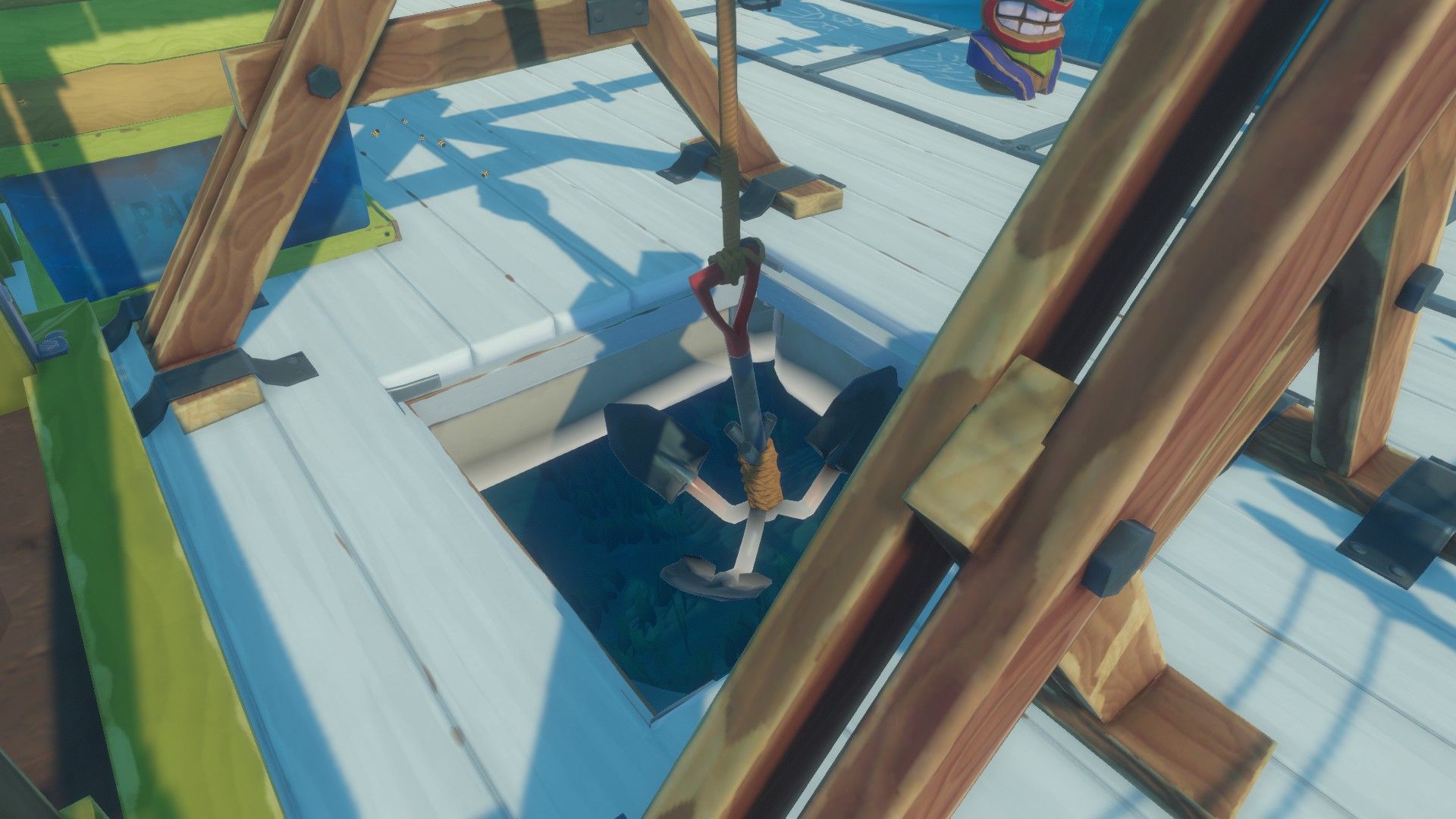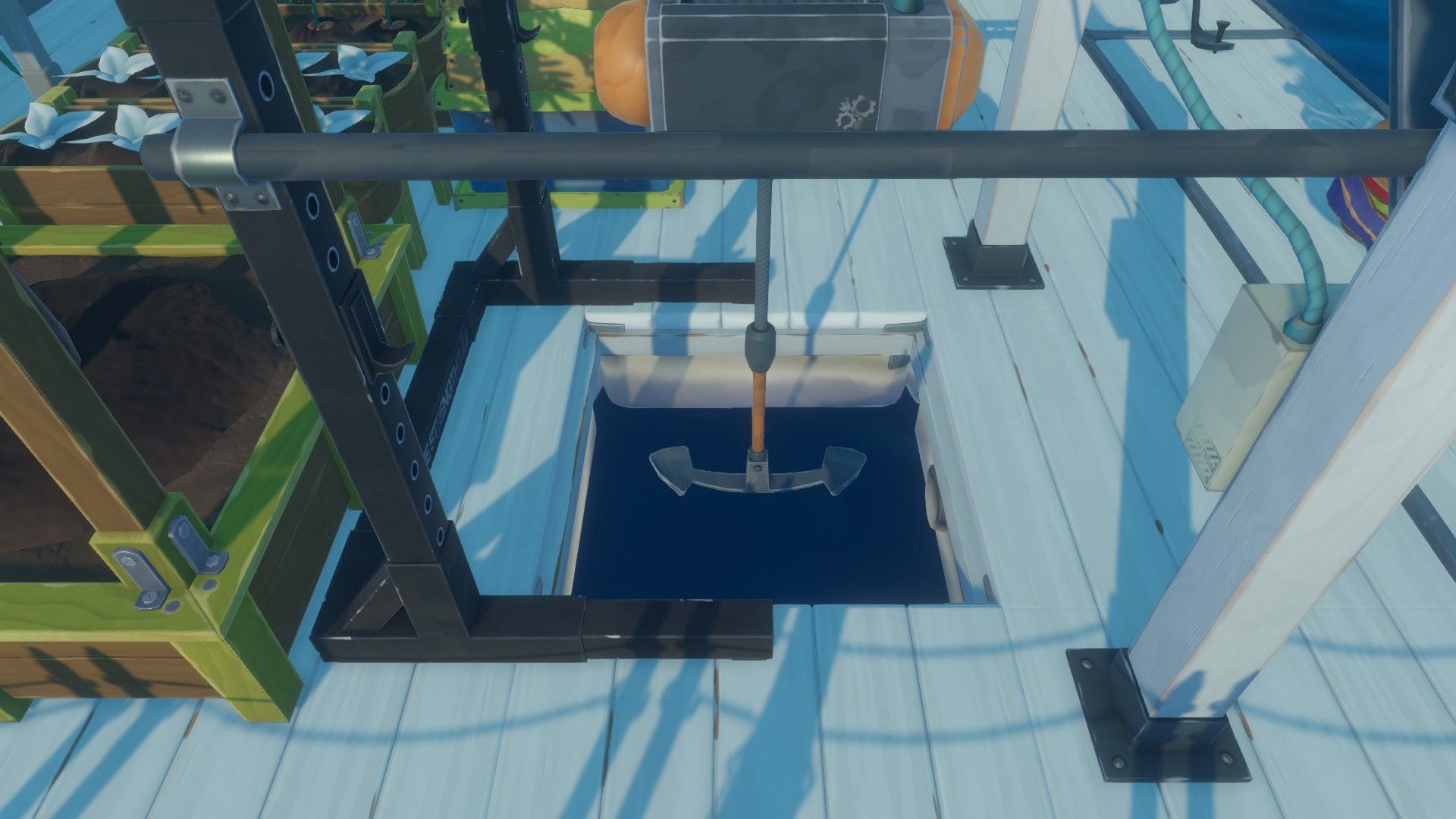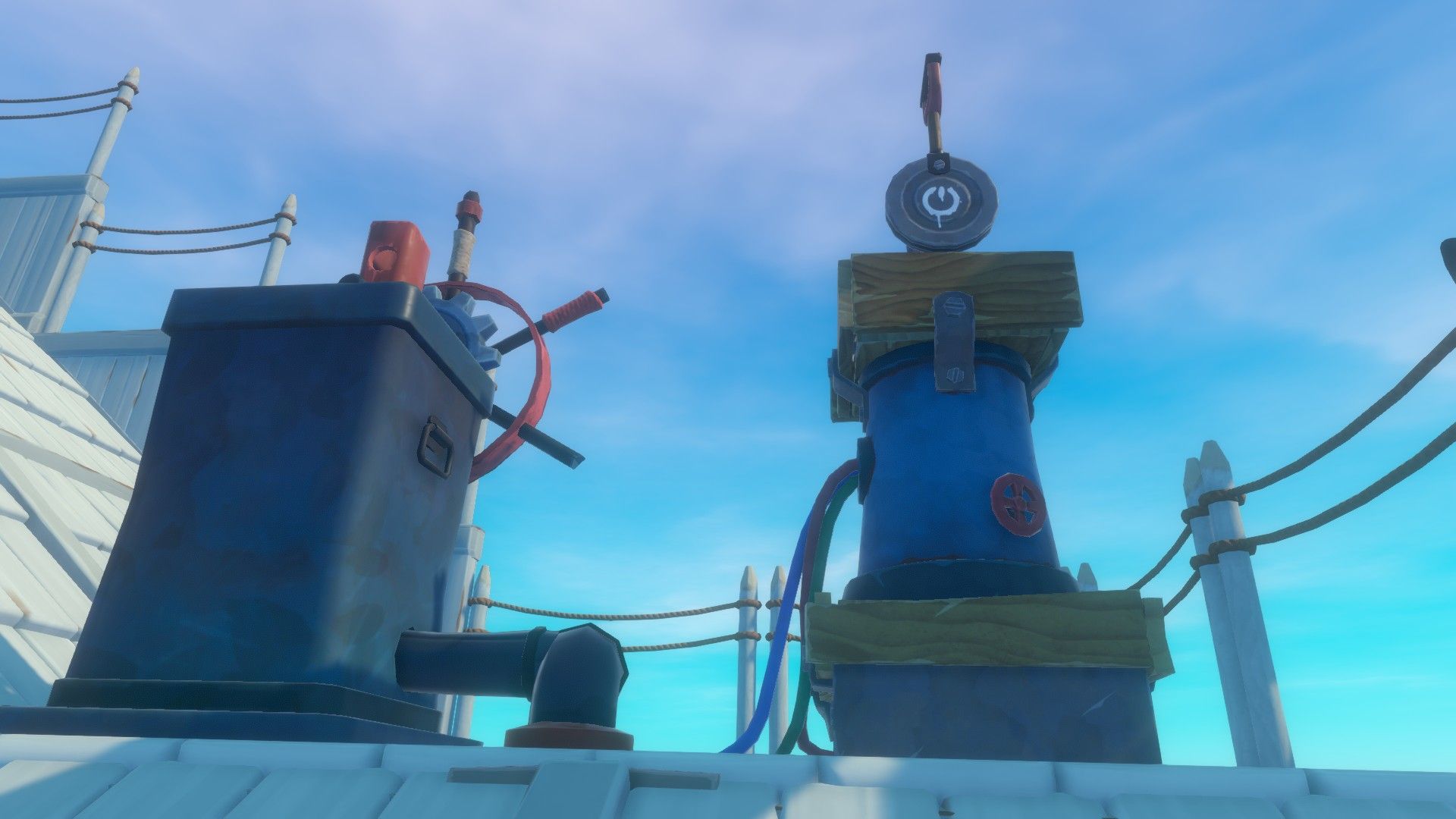Raft is a game about sailing across an endless ocean collecting debris from both above and below the waves. Sometimes players will come across an island full of resources to gather, but in the early game this can pose a problem.
The main issue is that the titular Raft won't stop moving just because players have climbed off. The current and any sails or engines on the raft will continue to push it onward, and players who let it get too far away will end up stranded since the game doesn't let them build a new raft from scratch. They can eventually teleport back to their raft by dying of thirst or hunger and respawning, but this solution is less than ideal. So what's the best way to stop a raft and avoid this problem?
Throwable Anchor
The first anchor players get access to is the throwable anchor. The item costs 2 planks, 4 rope, and 4 stones, and it's nothing more than a bucket full of heavy stones players can toss into the water to stop the raft.
However, this anchor comes with some major issues. First, the throwable anchor is a one-use item, so once players throw the bucket they'll destroy the anchor when they remove it. Second, players can only place the bucket on the edge of their raft, which makes it vulnerable to shark attacks if it's not on a reinforced foundation. On the plus side, the shark doesn't attack the raft if players aren't on it.
Stationary Anchor
The stationary anchor is a big upgrade to the throwable anchor. Players must research the stationary anchor at the research table, but once they do, they can build one for the cost of 10 planks, 6 rope, 3 metal ingots, and 1 hinge.
What makes the stationary anchor an improvement is the fact that players can use and reuse it as often as they like. Simply interact with the winch handle (default key E) to raise or lower the anchor. Also, while the anchor sometimes needs time to reach the ocean floor below, the raft will always come to a halt immediately.
The one downside of a stationary anchor is that it takes up a lot of space. Players need to place it on a 3x3 foundation grid, and the center of the grid has to be open water. On the bright side, the sides of this hole don't need to be reinforced because it's too small for the shark to get into (at least in the final version of the game).
Advanced Stationary Anchor
The last anchor in the game is the advanced stationary anchor. To get it, players must find the blueprint for it on Temperance, the second-to-last story island in the game. They must then spend 10 planks, 6 rope, 4 metal ingots, 4 bolts, and 8 titanium ingots to craft it.
The advanced anchor needs the same 3x3 grid as the normal stationary anchor, including the hole in the middle. This makes it easy to replace one with the other, but then there isn't much that this anchor does that the regular anchor doesn't. Any anchor will stop the raft immediately no matter how big it is, and the frame size is the same in both cases. So why upgrade?
The one thing the advanced stationary anchor does that the others don't is communicate with the engine controls. Players can find the blueprint for it in Caravan Town, and by building one they can turn every engine on or off and switch them between forwards and backwards, all from a single location. In fact, it doesn't even need a battery.
The advanced stationary anchor makes these controls even more convenient by working with a third switch on the column that raises and lowers the anchor. By placing this item next to the steering wheel, players can completely control the movement of their raft from a single spot. Players who are short on titanium may want to save their ingots for other items, but for everyone else the advanced stationary anchor is a nice upgrade.
Raft is available now on PC.

